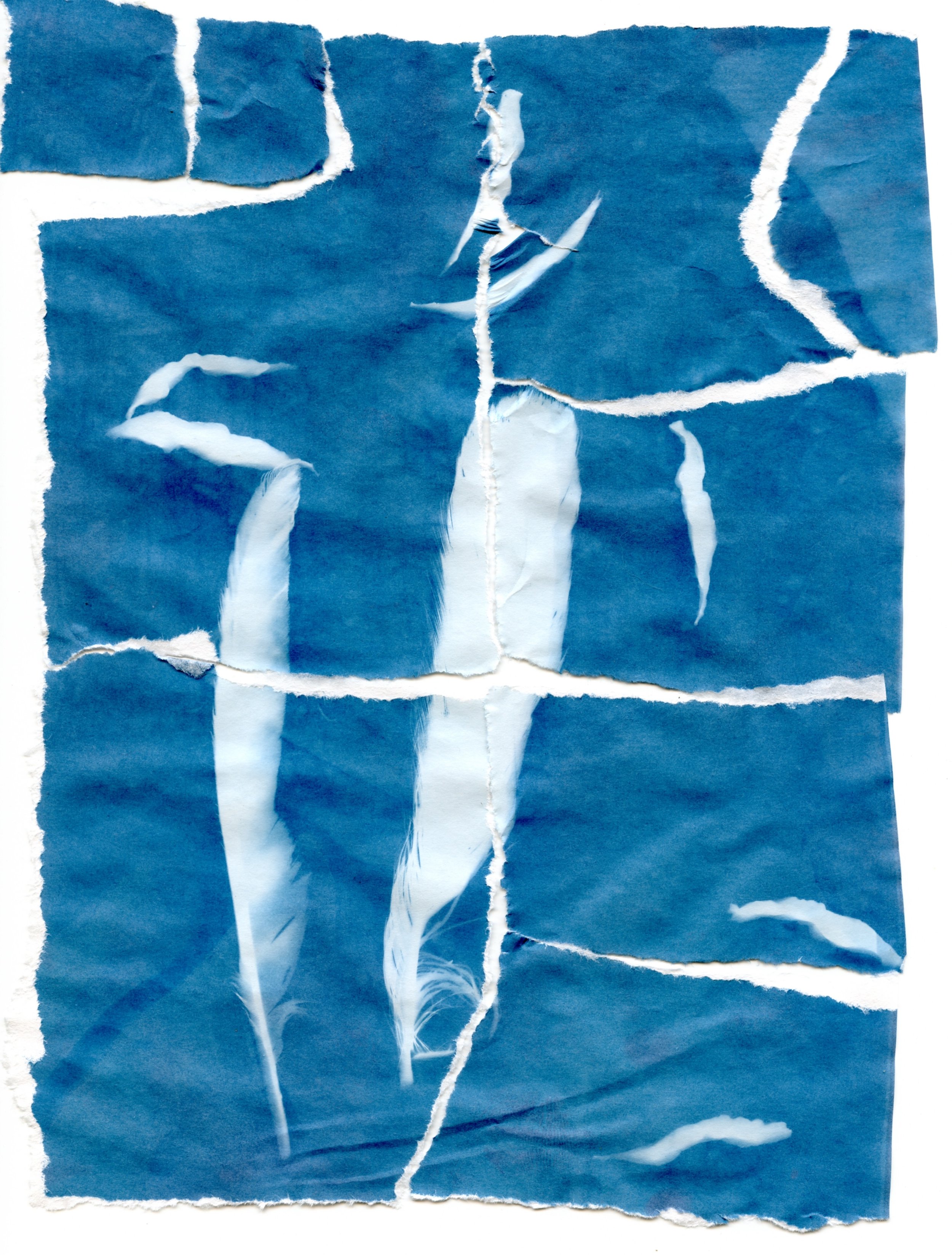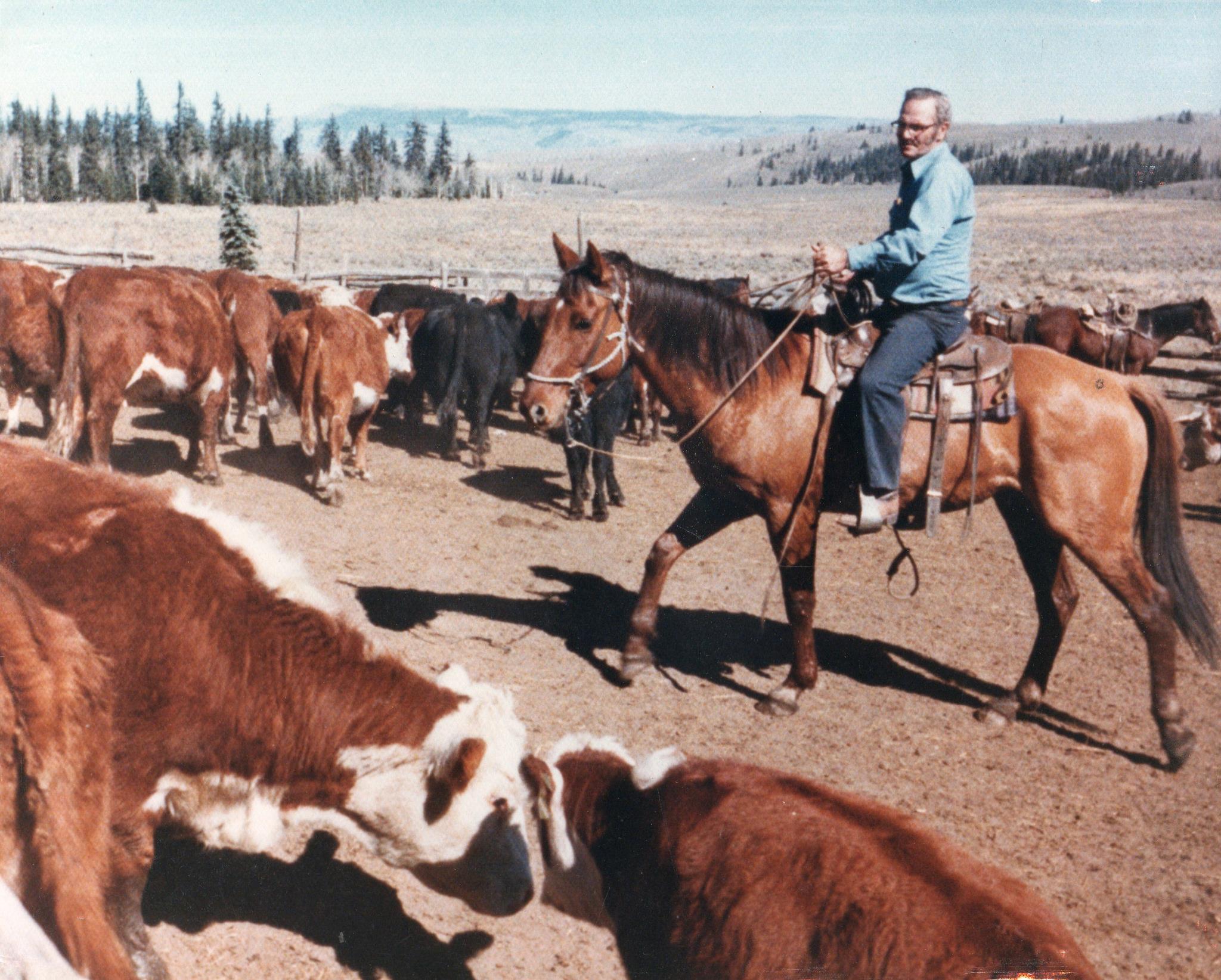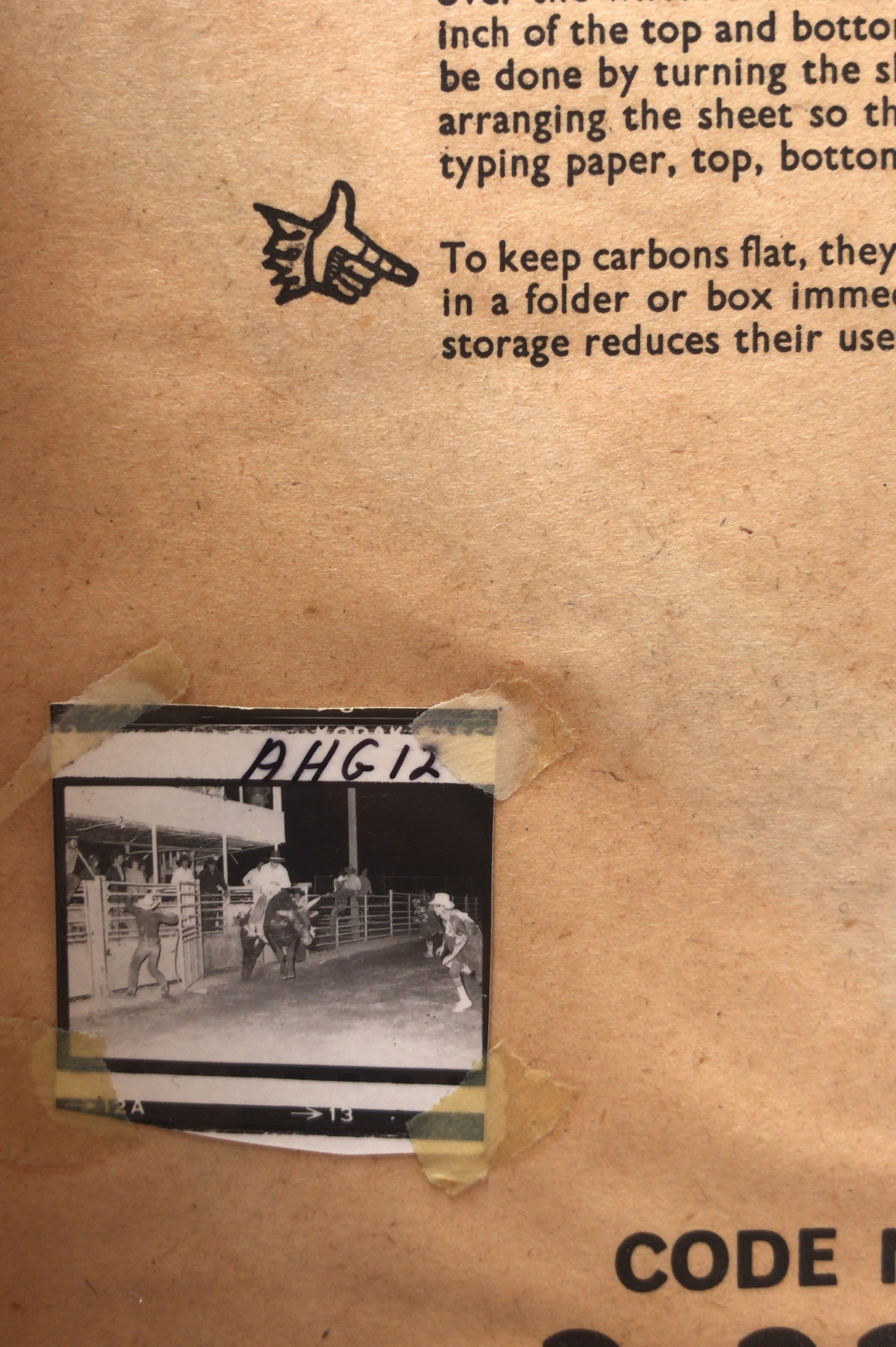Roadmap
Title of work: High Desert.
Keywords: Land, Community, Interdisciplinary, Collaboration.
Methods and methodologies: With this project, I will be exploring high desert areas in the American west (California, Arizona, and Colorado ) I wish to do so with of mix of techniques, such as digital, 120/35mm as well as cyanotypes.
These images will range from environmental portraits to landscape within the communities I will be visiting.
I feel that this approach will offer a wider perspective of the subject and hopefully and alternative approach to straightforward documentary photography.
I have also considered producing a few short videos that will help document the people and surroundings, as well as show my process. I hope to do this with my creative partner Mae Frances, so I can focus on producing images for my project.
Number of shoots: I intend to travel to my chosen locations and spend a few days shooting at each.
Outcomes:
I plan to produce a number of images with my chosen mediums that will be made into a publication and exhibit.
The relationship:
All the work produced relates to my final project and is allowing me to explore, and connect with people within certain communities I am visiting as well as the approach and techniques I want to use during this project. I feel that is helping refine and explore new ways of using digital and alternative process alongside each other.
































